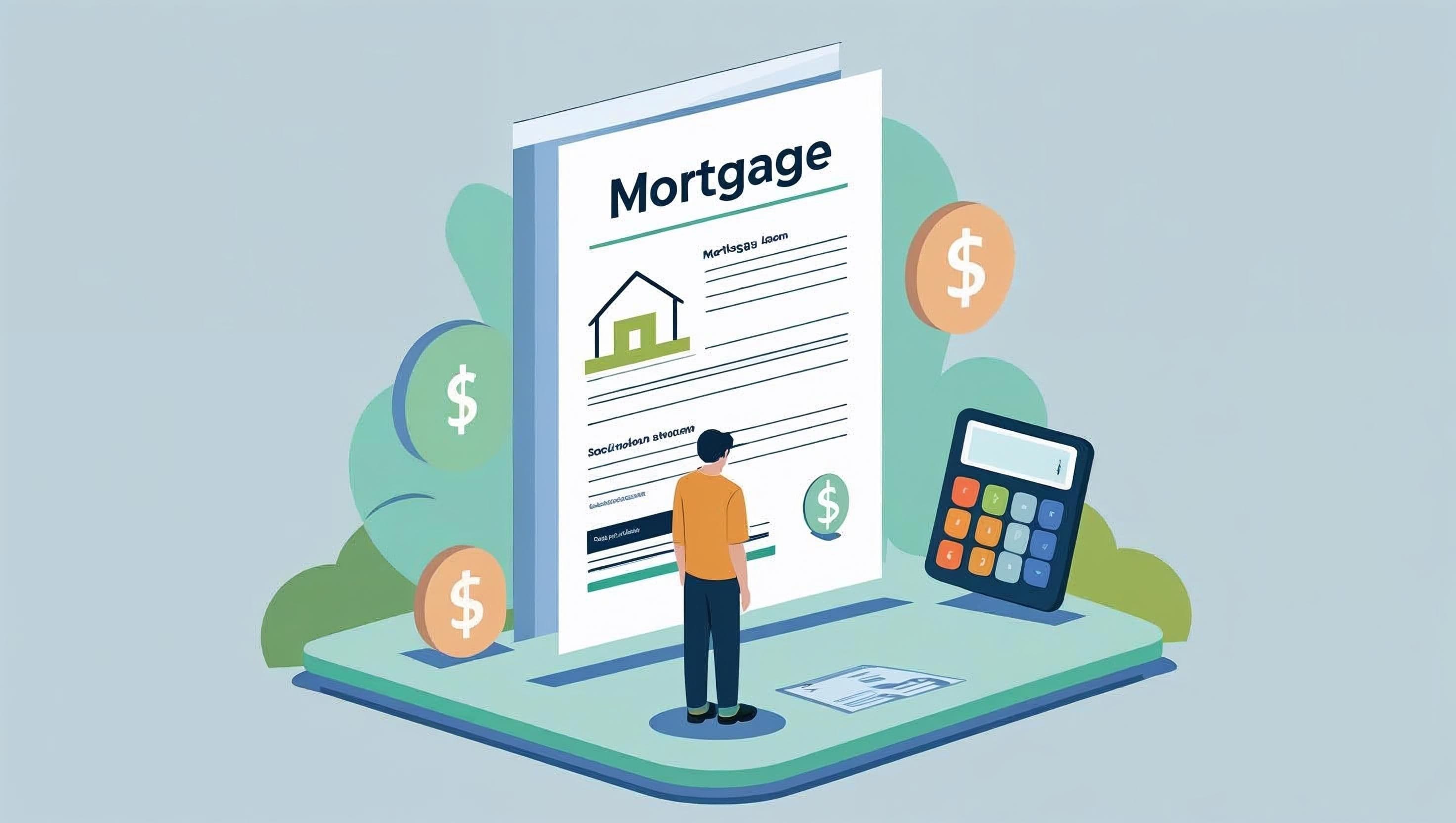Mortgage Basics: Everything You Need to Know Before You Borrow

Mortgage Basics: Everything You Need to Know Before You Borrow
Introduction
If you're buying a home, you’ll almost certainly encounter one term over and over again: mortgage. For many, it’s the most important financial tool they’ll ever use. But what exactly is a mortgage? How does it work, what are the different types, and how can you make the best choice for your financial future?
This guide is built for first-time homebuyers. From pre-approval to closing day, we’ll break down every part of the mortgage journey so you can make smart, confident decisions.
What Is a Mortgage and How Does It Work?
A mortgage is a loan you use to purchase real estate—most commonly a home. In return, you agree to repay the loan with interest over a fixed number of years (usually 15 or 30). The home itself serves as collateral, which means the lender can repossess it if you default on payments.
Key Mortgage Terms You Should Know:
- Principal: The amount you borrow from the lender
- Interest: The fee the lender charges you to borrow money
- Term: The length of time you have to repay the loan
- Escrow: A special account your lender manages for taxes and insurance
- Amortization: The gradual reduction of debt over time through regular payments
Different Types of Mortgages
Choosing the right type of mortgage is critical. Here's a breakdown of the most common options:
Conventional Loans
These are the most popular type of mortgage and are not insured by the federal government. They usually require at least a 5% down payment and a credit score of 620 or higher. Putting down 20% or more lets you avoid PMI (Private Mortgage Insurance).
FHA Loans
Insured by the Federal Housing Administration, FHA loans are ideal for buyers with lower credit scores or smaller down payments. You can qualify with as little as 3.5% down, but you’ll pay mortgage insurance premiums for the life of the loan if your down payment is under 10%.
VA Loans
Offered through the Department of Veterans Affairs, VA loans are available to active-duty service members, veterans, and eligible spouses. They require no down payment, no PMI, and often come with lower interest rates. However, they may include a one-time funding fee.
USDA Loans
USDA loans are designed for rural homebuyers and require no down payment. They’re backed by the U.S. Department of Agriculture and have strict income and location requirements.
Fixed-Rate vs. Adjustable-Rate Mortgages (ARMs)
Your interest rate can have a huge impact on how much you pay over time. You’ll typically choose between a fixed-rate mortgage or an adjustable-rate mortgage (ARM).
- Fixed-rate: The interest rate stays the same for the life of the loan. Predictable, stable, and ideal for long-term homeowners.
- ARM: The interest rate starts lower for a set period (e.g., 5 or 7 years), then adjusts annually. Best for buyers who plan to move or refinance early.
What Is Pre-Approval and Why Is It Important?
Mortgage pre-approval gives you a realistic idea of how much home you can afford. It also strengthens your offer by showing sellers you're a serious buyer.
To get pre-approved, lenders typically require:
- Proof of income (pay stubs, W-2s, or tax returns)
- Proof of assets (bank statements, investment accounts)
- Good credit history
- Employment verification
- Identification (driver's license, SSN)
What Are the Components of a Monthly Mortgage Payment?
A mortgage payment is more than just principal and interest. It typically includes:
1. Principal – The amount applied toward the loan balance
2. Interest – The lender’s fee for borrowing
3. Property taxes – Paid through an escrow account
4. Homeowners insurance – Also escrowed
5. PMI – If your down payment is less than 20% (unless exempt)
How Does the Mortgage Process Work?
Here’s a step-by-step breakdown of what to expect:
1. Get pre-approved
2. Shop for a home
3. Make an offer and sign a purchase agreement
4. Submit your mortgage application
5. Home appraisal and inspection
6. Underwriting (document review and risk assessment)
7. Receive a loan commitment
8. Close the loan and get your keys
How Do Mortgage Interest Rates Work?
Interest rates are influenced by several factors:
- The Federal Reserve's monetary policy
- Inflation and bond market performance
- Your credit score and financial profile
- Loan type and duration
Even small rate differences can change your monthly payment by hundreds of dollars and total cost by tens of thousands.
Frequently Asked Questions (FAQs)
How much should I put down on a home?
The ideal down payment is 20% to avoid PMI, but many loans allow for less. FHA = 3.5%, conventional = 5% minimum.
Can I get a mortgage with student loan debt?
Yes, but lenders consider your total debt-to-income ratio. Keep your DTI under 43% for better approval odds.
What credit score do I need?
620+ for conventional, 580+ for FHA, and no set minimum for VA (but most lenders prefer 620+).
How long does the mortgage process take?
Typically 30–45 days from application to closing. It can be faster with digital lenders or if you’re well-prepared.
Final Tips for Mortgage Success
- Compare at least 3 lenders before deciding
- Don’t make large purchases or open new credit accounts during the process
- Keep your paperwork organized and accessible
- Work with a responsive, trustworthy loan officer
Conclusion
Mortgages can feel complicated—but with the right information, you’re fully capable of making informed, confident decisions. This guide equips you with the knowledge to choose the right loan, ask smarter questions, and move one step closer to your dream home.